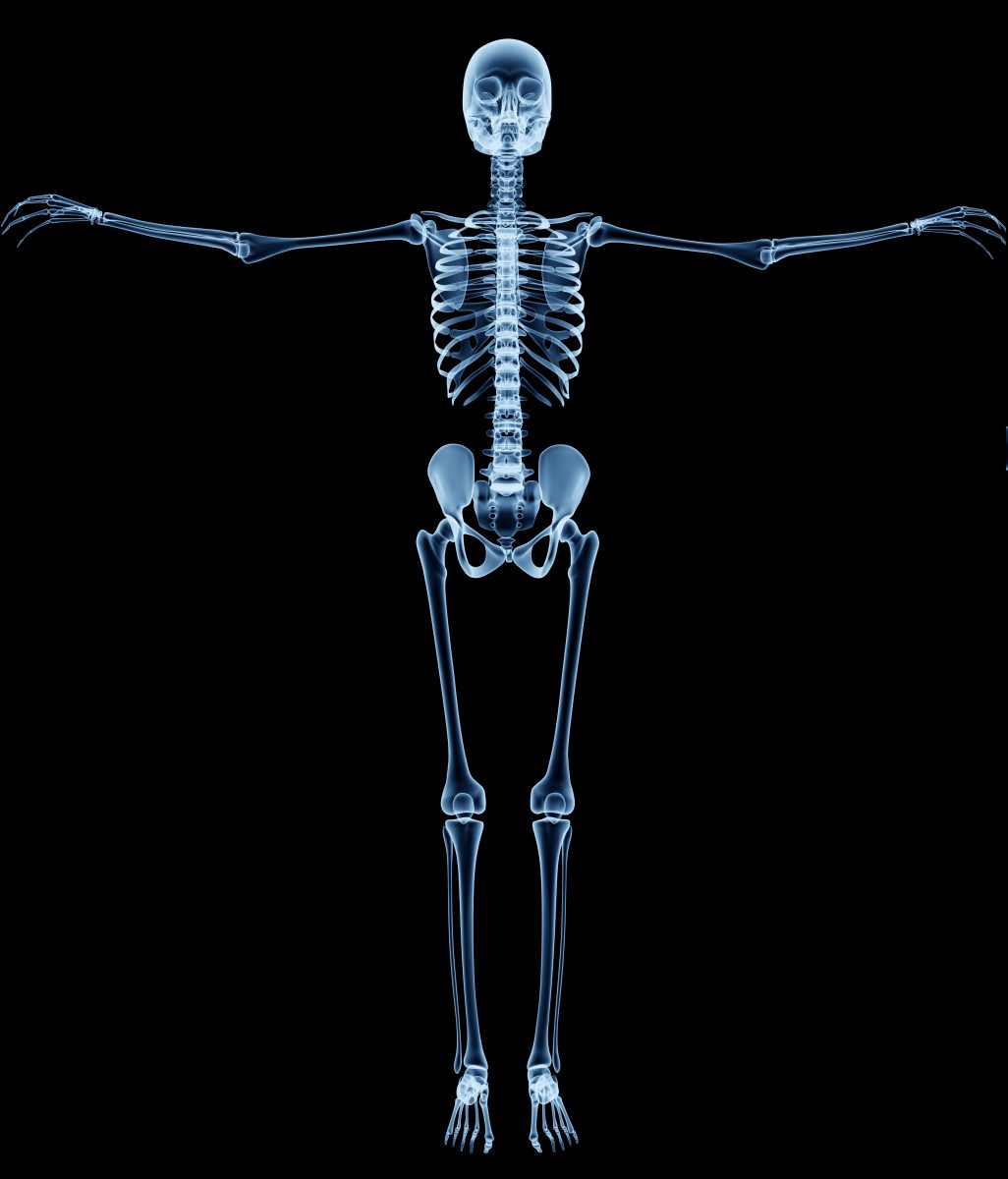In a recent study published in the journal Endocrinology, a team of researchers from the UNC School of Medicine report that diabetes increases the amount of marrow adipose tissue (MAT) in the bones, and that some diabetes drugs can further increase bone fat accumulation, having implications in bone fractures. In the study, researchers also found that exercise can reduce the MAT caused by high doses of the diabetes drug rosiglitazone. The study is entitled “Exercise Regulation of Marrow Fat in the Setting of PPARγ Agonist Treatment in Female C57BL/6 Mice“.
Rosiglitazone (trade name Avandia) is an antidiabetic drug in the thiazolidinedione class of drugs that is able to remove glucose from the blood; this glucose is then packaged into fat droplets. Results from previous studies have shown that this fat is stored in the body in places like the belly. Now, researchers found that rosiglitazone also promotes the storage of this fat in the bones by enhancing a key factor called peroxisome proliferator-activated receptor (PPAR)γ.
“These drugs aren’t first or second-line choices of treatment for type-2 diabetes, but some patients do take them,” said the study’s first author Maya Styner, MD, assistant professor of medicine in a press release. “And we know there are drugs in development that target the same cellular pathways as rosiglitazone does. We think doctors and patients need to better understand the relationship between diabetes, certain drugs, and the often dramatic effect on bone health.”
According to Dr. Styner, diabetes can harm bones, and her diabetic patients have been surprised to learn that the drugs to treat diabetes can also harm their bones. Rosiglitazone is, in fact, less prescribed nowadays because it causes serious side effects in the heart. Pioglitazone, which has a similar mechanism of action, causes less side effects and physicians often prefer to prescribed it instead of rosiglitazone to diabetic patients. Fibroblast growth factor-21 agonists are drugs under development that could be close to FDA-approval; these drugs can also lower blood sugar levels by enhancing the PPAR pathway.
“Early reports show that the same bone concerns are popping up with these new drugs,” Dr. Styner said. “Doctors and patients need to be aware of this. (…) Our field is just beginning to investigate bone fat and its implications for patients”.
The contribution of MAT to skeletal fragility is poorly understood. Now, according to their findings, researchers propose a model where more MAT means less actual bone, which in turn leads to an increase in the risk of bone fractures. Dr. Styner explains that although everyone has bone fat, the question is how much fat is stored in the bones.
In a previous study, Styner’s team reported that a high-fat diet is associated with an increase in fat depots in mice bones, like a high-fat diet increases belly fat. Interestingly, exercise was found to lower MAT. The team found that despite the fact that rosiglitazone induces MAT extending well into the femoral diaphysis, exercise is able to significantly suppress MAT volume and induce bone formation. Researchers believe that exercise might trigger marrow stem cells to create more bone cells instead of fat cells (the same type of stem cell in the marrow generates both fat cells and bone cells), partially mitigating the impact of PPARγ agonists on bone and marrow health.
“First, we were surprised by the massive amount of bone fat caused by rosiglitazone,” Dr. Styner said. “The images were just stunning. Also, the drug is so powerful and we used such a high dose that we didn’t think exercise would decrease the fat depot much, if at all. But exercise did decrease the volume of bone fat by about 10 percent, which was similar to the decrease we reported seeing in mice that were not given the drug but were instead fed a high-fat diet.”
Styner’s team is now planning to work with exercise researchers at UNC-Chapel Hill to use advanced MRI methods to visualize the effects of exercise on human bone health.


